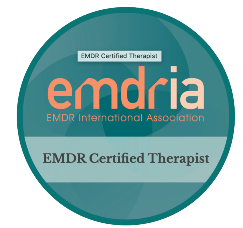How EMDR Counseling Practices Really Work
Eye Movement Desensitization and Reprocessing (EMDR) counseling is an evidence-based therapeutic approach primarily used to treat trauma and PTSD (Post-Traumatic Stress Disorder).
The process begins with an assessment by the EMDR therapist which helps to gather information about the client’s trauma history, symptoms, and current emotional state. This assessment ensures that the treatment plan will be fully tailored to the individual’s needs.

EMDR counseling practices typically consist of certain specific phases, but the focus here will be on the core processes that explain how it works:
- Clients are educated about EMDR and how it works. Coping strategies are taught to manage distressing emotions during the therapy sessions.
- Specific traumatic memories and associated negative beliefs are identified. Clients rate the level of disturbance these memories cause.
- The next step is the heart of EMDR. Clients focus on a traumatic memory while simultaneously engaging in bilateral stimulation. This can be done through guided eye movements, tactile sensations, or auditory cues. The bilateral stimulation helps process the traumatic memory by desensitizing its emotional charge.
- Positive beliefs are introduced to replace the negative ones associated with the traumatic memory. Clients are encouraged to believe in their ability to cope and heal.
- Any residual physical tension or discomfort related to the trauma is addressed, promoting relaxation.
- At the end of each session, clients are guided to a state of emotional equilibrium. They are provided with coping strategies to manage any distress that may arise between sessions.
- Lastly, in subsequent sessions, the therapist and client reevaluate the progress made and address any remaining distress related to the targeted memories.




